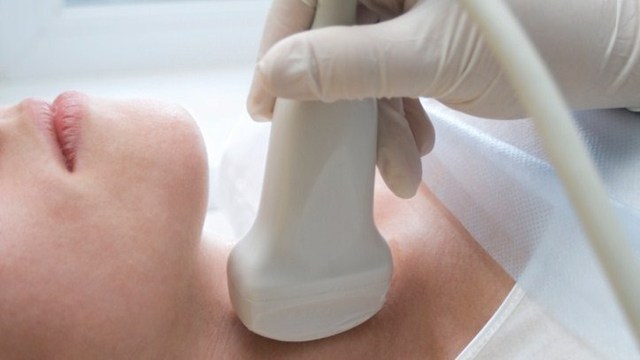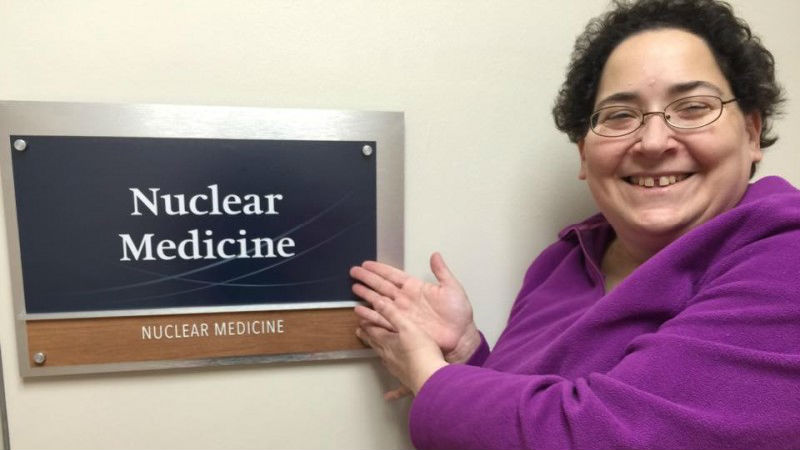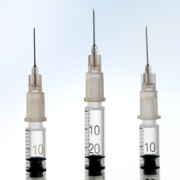Thyroid cancer is being diagnosed at rising rates in the United States and many other countries. Thyroid nodules are detected in up to 16 percent of imaging studies performed for other purposes. Microcarcinomas are found in 5.5 to 10.5 percent of thyroid glands removed for conditions other than cancer, and in up to 35 percent of autopsies. However, most of these would not be expected to develop into clinically significant cancers. The incidence of actual diagnosis of thyroid cancer in the United States is 0.3 percent for men and 1 percent for women, according to Reference 1.
Aggressive treatment includes surgical removal of the complete thyroid gland, radioiodine therapy, chemotherapy, and targeted drug therapy. These treatments have serious side effects, so it is important to evaluate the risks of the cancer versus the risks of treatment. Factors that indicate risk for metastasis, recurrence, and death include:
1. Age less than 15 years or greater than 45 years.
2. Males have worse prognosis than females. Women, especially during the reproductive years, have a much higher incidence, but better survival rates.
3. Family history of thyroid cancer.
4. Tumor larger than 2 cm.
5. Distant metastases.
6. Low uptake of iodine by the tumor and/or metastases.
7. Tumor characteristics that can be identified after surgical removal.
The only established risk factor for development of thyroid cancer is exposure to ionizing radiation. Data on this came from the Chernobyl nuclear accident, as well as the survivors of the atomic bomb explosions at Hiroshima and Nagasaki. Fission of uranium produces radioactive iodine, which is absorbed by the thyroid. Ironically, radioactive iodine produced by nuclear medicine reactors is also used in the treatment of thyroid cancer.
A wide variety of chemicals increase the rates of thyroid cancers in rodents, but no association has been demonstrated in humans. A study of 5,554 thyroid cancers in Sweden shows an increased risk from smoking, but no correlation with number of children, previous thyroid disorders, or previous radiotherapy to the neck. Family history had only a weak correlation. Other studies have shown conflicting results. Thus, it is still not clear what are the primary causes of thyroid cancer in the vast majority of patients who have not been exposed to nuclear accidents or bombs.
Research continues into the best treatment plans, depending on risk profiles. See http://clinicaltrials.gov for the 257 studies of thyroid cancer currently listed.
Reference:
1. Ward LS et al, “Identifying a risk profile for thyroid cancer”, Arq Bras Endocrinol Metab 2007; 51(5): 713-22.
Linda Fugate is a scientist and writer in Austin, Texas. She has a Ph.D. in Physics and an M.S. in Macromolecular Science and Engineering. Her background includes academic and industrial research in materials science. She currently writes song lyrics and health articles.






Add a CommentComments
There are no comments yet. Be the first one and get the conversation started!